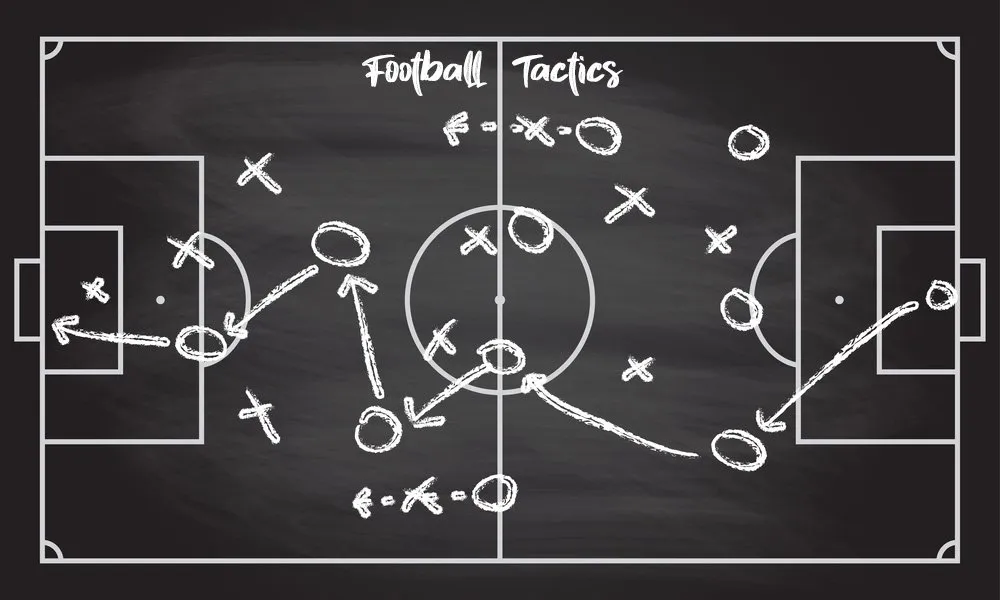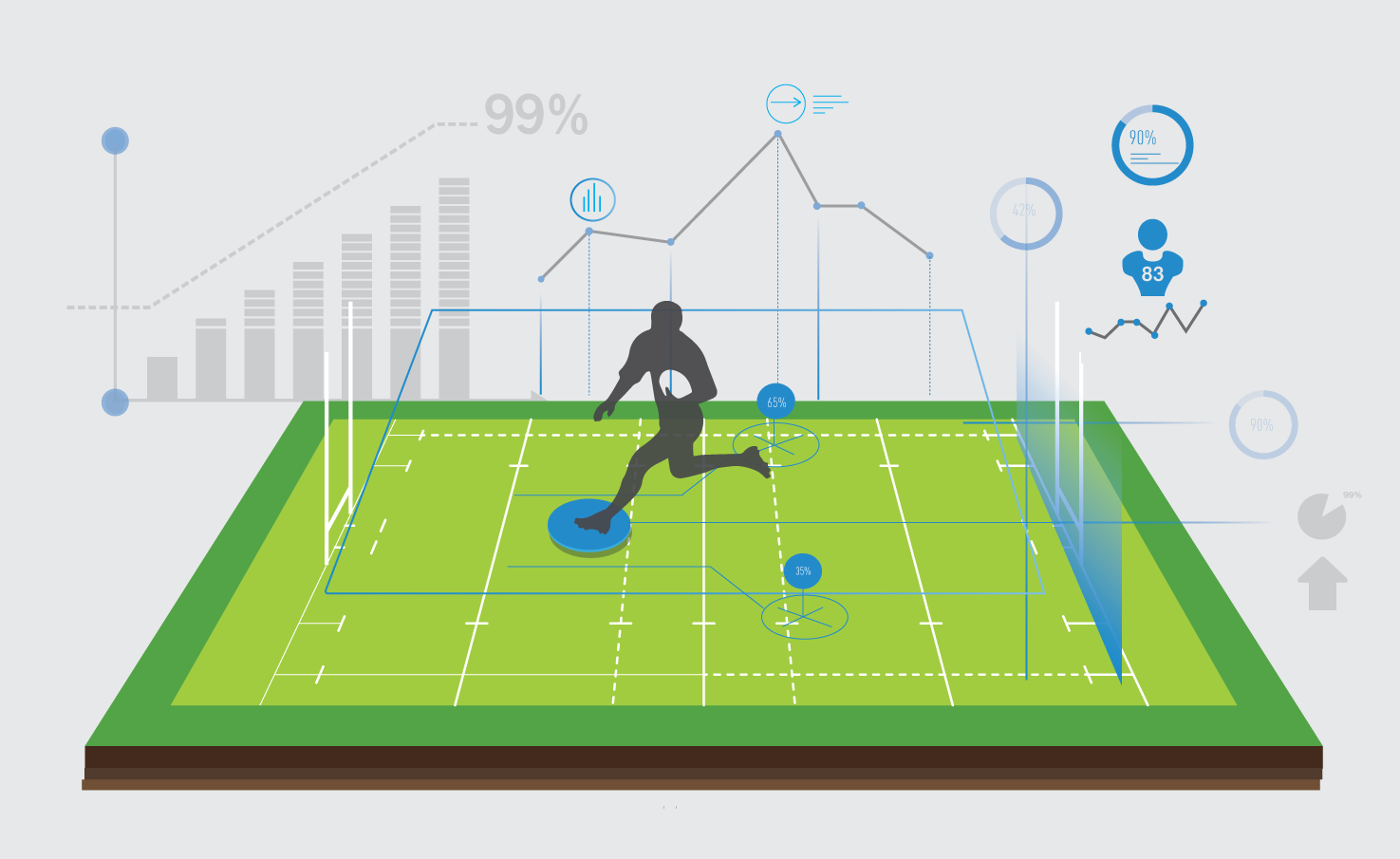Data Science in Football and Success from Liverpool F.C

An analysis of the Football World
Can Data Science can be applied in Football Analysis?

Football is increasingly being analyzed and predicted through meaningful statistics. If you’re a true sports fan, you’ll find that these numbers are far from unfamiliar!
Undoubtedly, data is a big concern in football. It’s not an easy task to record every event that occurs in a match. But in reality, this is changing as every action on the field is being recorded and represented in the most visual way.
Today, you can delve into detailed statistics of matches through every recorded event, and the figures are likely to be mentioned by commentators in discussions about a team’s win-loss streak or the number of successful passes.
 Even more astonishing is how technology can intervene in the process of analyzing statistics, player form, and performance to help coaching staff prepare the right personnel for each competition.
Even more astonishing is how technology can intervene in the process of analyzing statistics, player form, and performance to help coaching staff prepare the right personnel for each competition.
 A simple example is the very basic statistics from Optasports.com since 2006, such as ball touches, passes, shots, and so on. As of now, they have accumulated tens of thousands of visually represented data points for each competition, team, match, and player.
A simple example is the very basic statistics from Optasports.com since 2006, such as ball touches, passes, shots, and so on. As of now, they have accumulated tens of thousands of visually represented data points for each competition, team, match, and player.
 From a Classification problem in Machine Learning, we can now apply these techniques to track player movements during the process of creating goals. As a result, algorithms stemming from the football analysis and statistics field have emerged, such as ’expected goals,’ ‘goal-scoring efficiency,’ ‘winning percentage,’ and more.
From a Classification problem in Machine Learning, we can now apply these techniques to track player movements during the process of creating goals. As a result, algorithms stemming from the football analysis and statistics field have emerged, such as ’expected goals,’ ‘goal-scoring efficiency,’ ‘winning percentage,’ and more.
Returning to the historic championship of Liverpool F.C.
 To kickstart their dream of ending a long-awaited title drought, Liverpool F.C. was ready with Sporting Director Michael Edwards and an investment in building a data research team as early as 2012. Leading this team was Ian Graham, a Ph.D. in Physics from the University of Cambridge, along with several other members holding Ph.D. degrees. More importantly, all of them had a deep understanding of football.
To kickstart their dream of ending a long-awaited title drought, Liverpool F.C. was ready with Sporting Director Michael Edwards and an investment in building a data research team as early as 2012. Leading this team was Ian Graham, a Ph.D. in Physics from the University of Cambridge, along with several other members holding Ph.D. degrees. More importantly, all of them had a deep understanding of football.
Through detailed player potential analysis, Liverpool acquired talents like Mane, Firmino, Van Dijk, Alisson, and, most notably, the talented Egyptian player Mohamed Salah. Salah, who had previously faced skepticism after a less successful stint at Chelsea, was brought to the club for £45 million, despite the doubts (Chelsea being one of the giants in the English Premier League and a rival of Liverpool).
 Ian Graham recommended Liverpool to sign Salah based on his data showing that he would combine exceptionally well with Firmino, another forward for Liverpool. In the following season (17-18), Salah turned those anticipated goals into actual achievements. He shattered Premier League records by scoring 32 times and became an emblem of Liverpool’s resurgence.
Ian Graham recommended Liverpool to sign Salah based on his data showing that he would combine exceptionally well with Firmino, another forward for Liverpool. In the following season (17-18), Salah turned those anticipated goals into actual achievements. He shattered Premier League records by scoring 32 times and became an emblem of Liverpool’s resurgence.
 Were you surprised when Trent-Alexander Arnold’s corner kick helped Divock Origi secure a 4-0 victory over Barca in the Champions League semi-final second leg? To have a newcomer come on the field and score so quickly must have stemmed from the precise analysis of Liverpool’s data research team, right?
Were you surprised when Trent-Alexander Arnold’s corner kick helped Divock Origi secure a 4-0 victory over Barca in the Champions League semi-final second leg? To have a newcomer come on the field and score so quickly must have stemmed from the precise analysis of Liverpool’s data research team, right?
Perhaps building the foundation for football development combined with Science and Technology is becoming an essential part of modern football development?
This is likely why, according to a report by the Financial Times, Liverpool F.C. is at the forefront of data analysis application in football.
If you want to learn more about Liverpool’s data analysis team, you can refer to: https://trainingground.guru/staff-profiles/liverpool-staff-profiles
Conclusion
Data Science can undoubtedly be applied in football because sports are a domain where the impact of data is immediately visible to everyone. If you aspire to engage in sports data analysis, I believe that this field will demand a significant workforce in the future.
Who knows, you might become a Data Analyst for the Vietnam National Team and indirectly contribute to our first-ever participation in the World Cup?
However, always remember that if football is a puzzle piece, we can easily fit data into an algorithm and know what to do. Yet, this sport is always full of intriguing variables that turn the impossible into the possible.
Sometimes, a perfect plan can be thwarted by an imperfect one. But that’s perhaps how probabilities work, no matter how carefully we predict and consider, there may still be room for error. Unachieved outcomes might sometimes leave analysts scratching their heads, but that’s what makes the game perpetually exciting.
 And as the ball rolls, there will be millions of data points collected…
And as the ball rolls, there will be millions of data points collected…
Here are some reference links for football statistics/data analysis that I have compiled:
- Advance Football Analytic: http://www.advancedfootballanalytics.com/
- Opta: https://www.optasports.com/
- Football Outsiders: https://www.footballoutsiders.com/
- Anfield Index: https://anfieldindex.com
- Total Football Analysis: https://totalfootballanalysis.com/
Note: This article includes aggregated images and some links from various news and football analysis sources, both domestic and international. The primary purpose is to facilitate knowledge sharing.